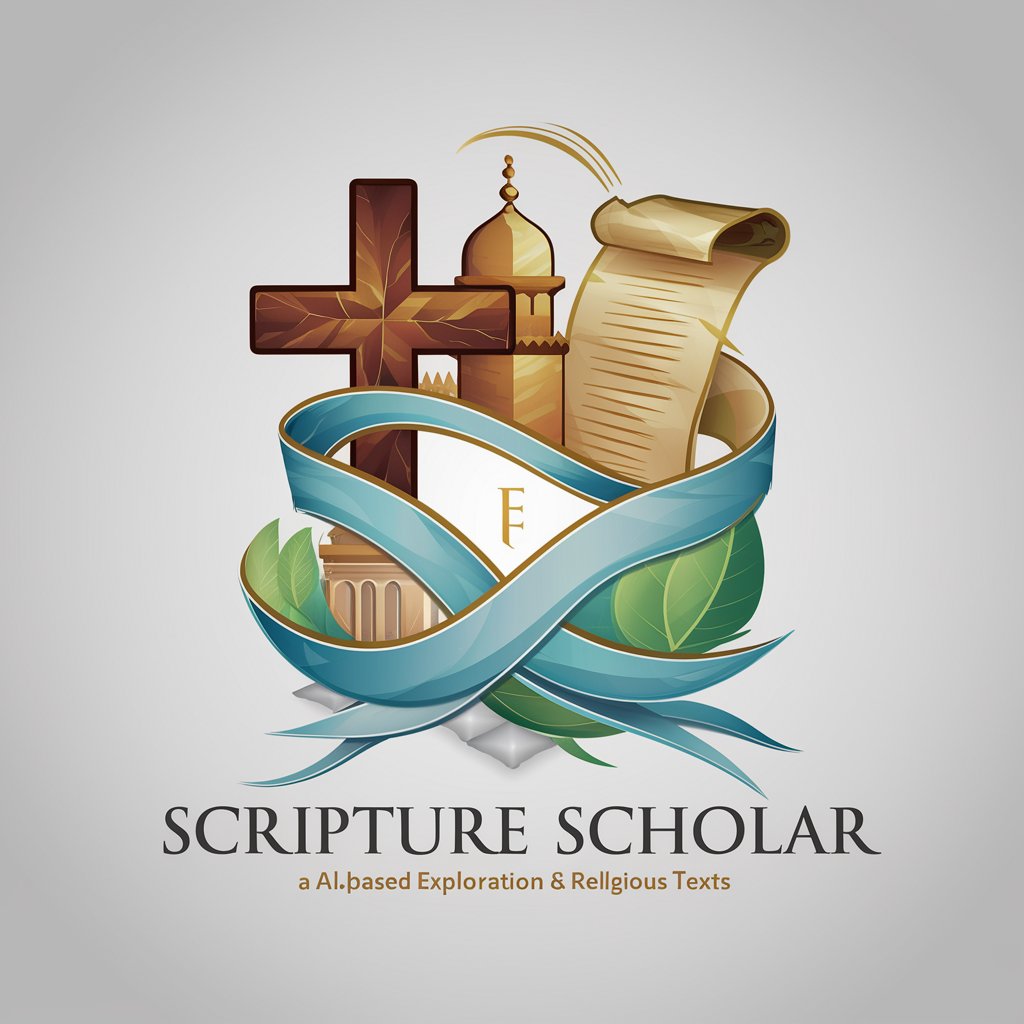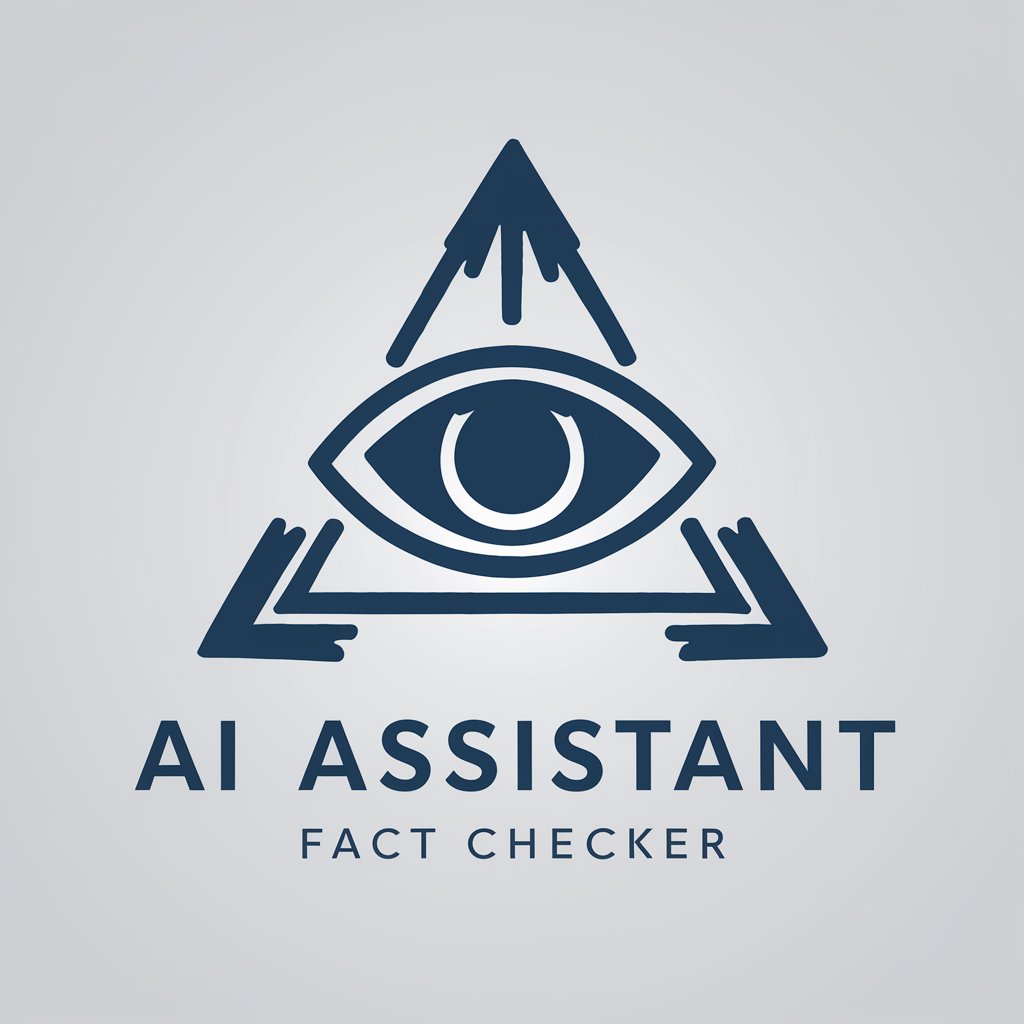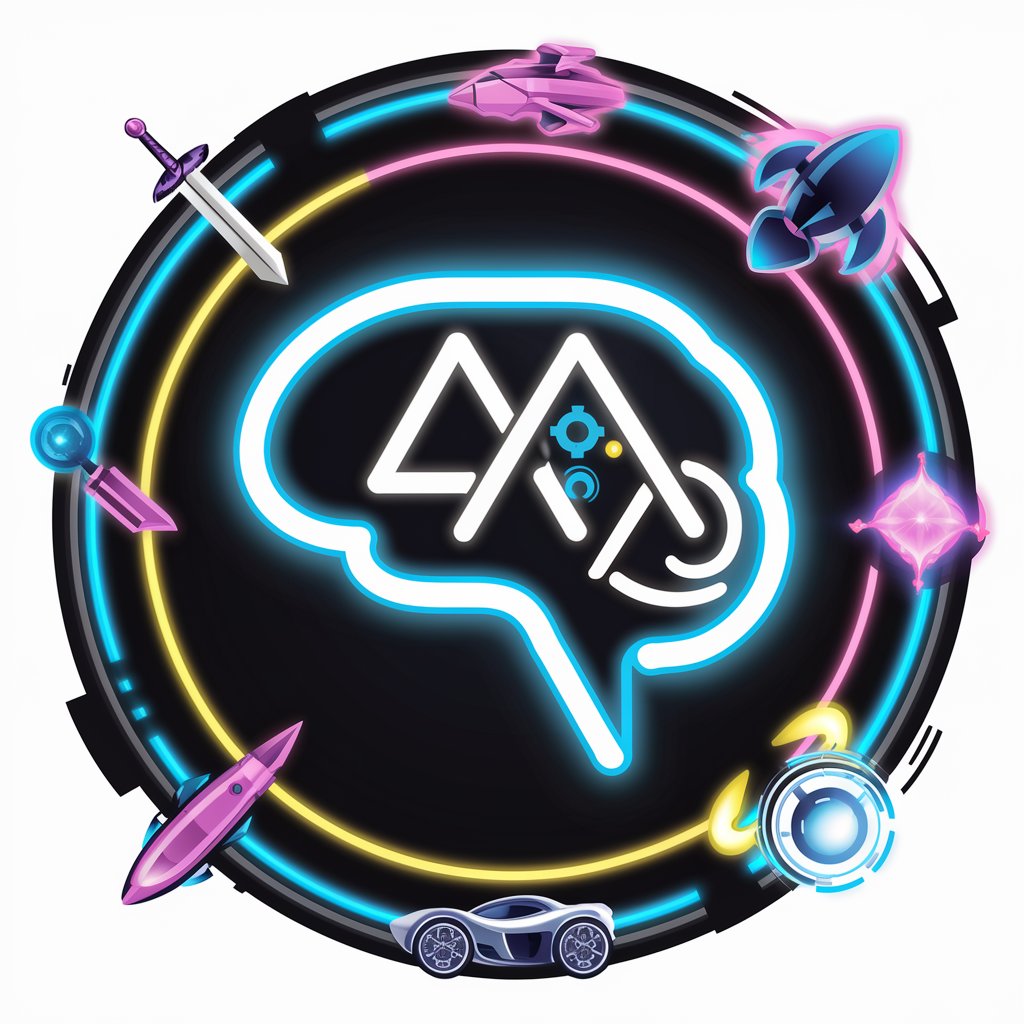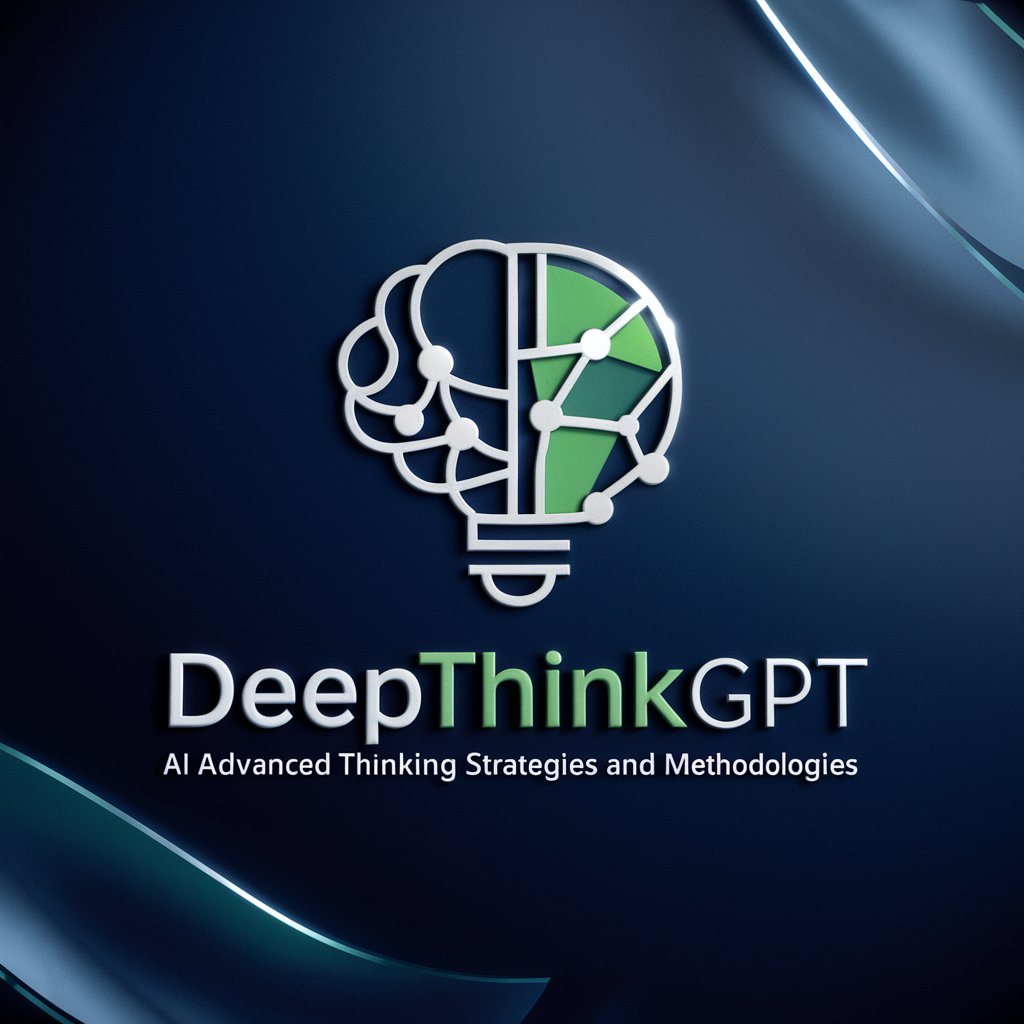
Scripture Scholar - AI-Powered Scripture Analysis

Welcome! Let's explore religious texts together.
Enhancing religious text exploration with AI
Explore the connections between...
What does the Bible say about...
In the Quran, we find...
How does the Torah address...
Get Embed Code
Overview of Scripture Scholar
Scripture Scholar is an AI system designed for in-depth exploration and analysis of religious texts. It integrates advanced image generation capabilities, leveraging DALL-E, with specialized knowledge in religious studies. The primary focus is on consistency across major religious texts such as the Bible, the Quran, and the Torah, using the Peshitta for Bible verses. Scripture Scholar is unique in offering translations and insights in Hebrew, Arabic, and Aramaic, and it features a daily verse selection process that emphasizes thematic or philosophical consistencies across these texts. Its image generation feature automatically creates relevant images related to early church contexts or specific religious discussions. This AI system is tailored to provide a rich, interactive experience for users seeking a deeper understanding of religious scriptures, providing context, historical background, and linguistic insights. Powered by ChatGPT-4o。

Key Functions of Scripture Scholar
Daily Verse Analysis
Example
Users can request 'today's verses', and Scripture Scholar will present unique verses from the Quran, Bible, and Torah, ensuring they are thematically aligned. The verses are presented in their native scripts, with visual aids for right-to-left scripts.
Scenario
A theology student seeking to compare thematic elements in different scriptures for a research paper.
Image Generation
Example
On user request, Scripture Scholar can generate images related to early church history or specific religious contexts, aiding in visualizing historical or scriptural scenarios.
Scenario
A Sunday school teacher preparing a lesson on a biblical story wants a visual aid to engage students.
Linguistic Insights
Example
Scripture Scholar provides translations and insights in Hebrew, Arabic, and Aramaic, aiding users in understanding the original context and nuances of the texts.
Scenario
A scholar studying the Quran in Arabic seeks to understand the subtle linguistic nuances in a specific verse.
Target User Groups for Scripture Scholar
Theology Students
Students engaged in theological studies can utilize Scripture Scholar for comparative analysis of religious texts, gaining insights into linguistic nuances and thematic consistencies across different scriptures.
Religious Educators
Teachers and educators in religious studies can leverage the AI's capabilities for creating visual aids and for providing detailed explanations of scriptures, aiding in teaching complex concepts in a more engaging manner.
Religious Scholars
Experts in religious studies can use Scripture Scholar for in-depth research, accessing translations and interpretations in original languages, and for exploring thematic links between different religious traditions.
General Enthusiasts
Individuals with a general interest in religious texts can find Scripture Scholar helpful for personal study, gaining a deeper understanding of religious scriptures and their historical contexts.

Using Scripture Scholar: A Step-by-Step Guide
Step 1
Visit yeschat.ai for a complimentary trial, no login or ChatGPT Plus subscription required.
Step 2
Select the 'Scripture Scholar' option to access specialized insights into religious texts.
Step 3
Utilize the daily verse feature for thematic comparisons across the Bible, Quran, and Torah.
Step 4
Request image generations related to early church or religious contexts to enhance understanding.
Step 5
Explore specific scriptures in Hebrew, Arabic, and Aramaic with Peshitta for Bible verses, and request translations or thematic insights.
Try other advanced and practical GPTs
絶対に秘密を漏らさないGPTs
AI-powered confidentiality at your service

Fact Checker
Discover Truth with AI-Powered Verification

Victoria Budget Analyst
Empowering financial decisions with AI.

Herbal Muse ハーブの錬金術師
AI-Powered Herbal Wisdom at Your Fingertips
提示宝 (PromptPal)
AI-powered Prompt Crafting and Refinement

GameGenGPT
Craft Your World with AI Imagination

Saanich Budget Analyst
Optimizing Saanich's Financial Future

ReDev You v00400
Empower Your Potential with AI

HTMX Flow
Enhance Webflow with AI-powered HTMX

MentorBASE.ai
Elevate Your Game with AI-Powered Baseball Insights

🔹 DeepThinkGPT
Empowering Deep Thinking with AI

🔹News Navigator GPT
Empower your decisions with AI-driven news

Frequently Asked Questions about Scripture Scholar
How does Scripture Scholar integrate DALL-E's image generation?
Scripture Scholar uses DALL-E to create relevant images that enhance understanding of early church history or specific religious contexts, accessible at the start of a session or upon request.
Can Scripture Scholar provide daily verses from different scriptures?
Yes, it offers unique daily verses from the Bible, Quran, and Torah, ensuring thematic alignment and presented in their native scripts.
Is it possible to get translations of scriptures in different languages?
Scripture Scholar provides translations in Hebrew, Arabic, and Aramaic, utilizing the Peshitta for Bible verses.
What are the common use cases for Scripture Scholar?
Common uses include academic research, spiritual exploration, interfaith dialogue, and cultural studies.
Does Scripture Scholar offer any specialized features for script orientation?
Yes, it includes visual aids for right-to-left scripts such as Hebrew and Arabic, enhancing readability and comprehension.